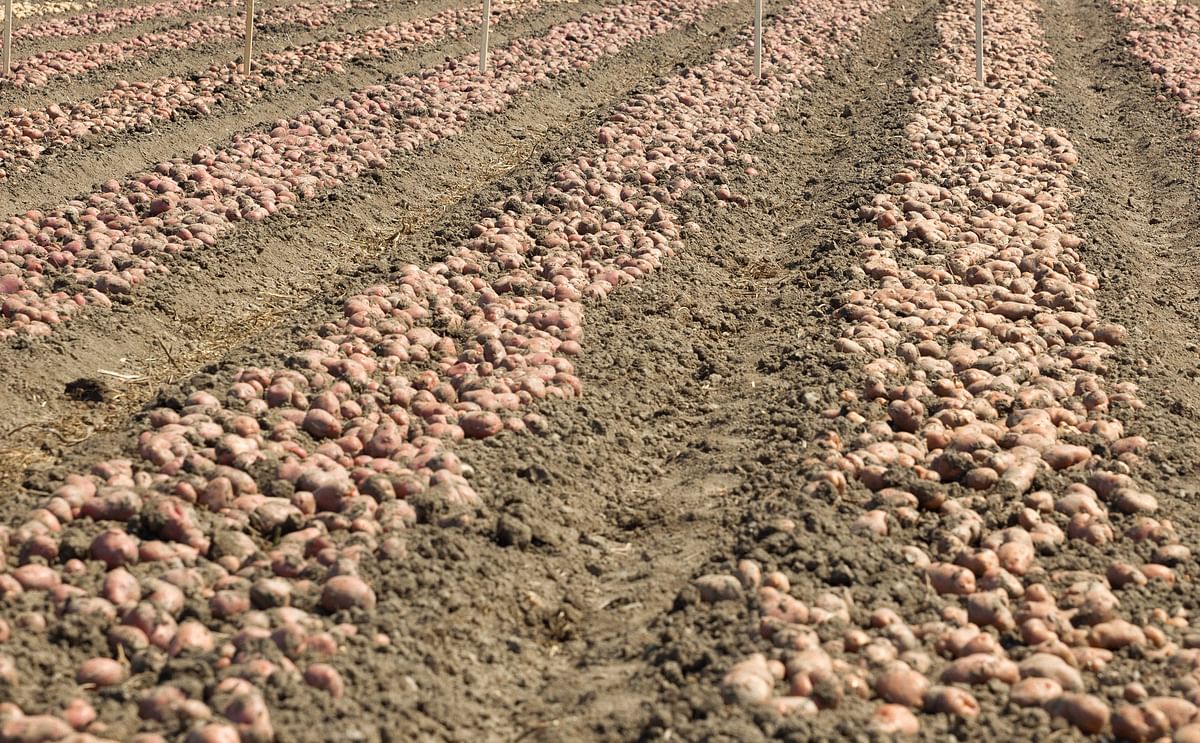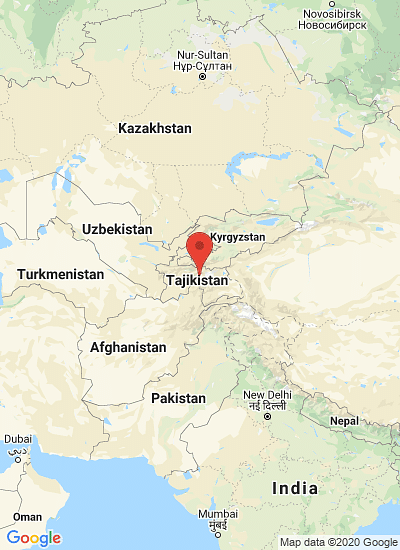Beating climate change: heat and drought tolerant potato varieties (CIP)
Solapas principales
CIP Developing heat and drought resistant potato varieties

Potato material from the International Potato Center (CIP) is helping farmers to enhance food and income security in Central and Southwest Asia in the face of climate change.
A three-year CIP project is boosting potato production with varieties that have been bred and tested to better adapt to the drought and increased temperatures affecting countries such as Tajikistan, Uzbekistan, India, and Bangladesh. At least 200,000 farm families are expected to benefit from the project, which is producing more reliable harvests for farmers and more stable prices for consumers.
Potato is a highly nutritious staple and important cash crop in Central Asia, but productivity is low. Long dry spells, soil salinity, and heat are major production constraints. Valuable local and old Russian potato varieties have been lost due to inadequate research and the lack of viable seed systems, and the expensive, imported seed is not well adapted to regional conditions. In addition, global warming is particularly acute in Central Asia, where average temperatures have increased 1–2°C since the 1950’s (compared to a 0.5°C increase worldwide) and glacial melt runoff has increased by 30%. In Southwest Asia, off-season production represents a good source of income for resource-poor farmers. However, productivity is constrained by drought and high temperatures, which restrict the cultivation period and yields.
CIP scientists, partner institutions, and stakeholders across the region are identifying and validating heat, drought, and salinity tolerance traits in a comprehensive program of strategic exchange and testing of advanced clones. They have also integrated geographic information systems (GIS) with statistical analysis of multilocation trial data to assess the suitability of clones for specific locations. These geo-referenced risk maps and growth models can also project future conditions under climate change scenarios. This information, along with the planting materials developed by the project, will provide farmers, researchers, regional governments, extension services, and policy makers with the tools they need to face the challenges of the region’s harsh conditions and adapt to climate change.
Factsheet on this project [update 2014: factsheet no longer available]







